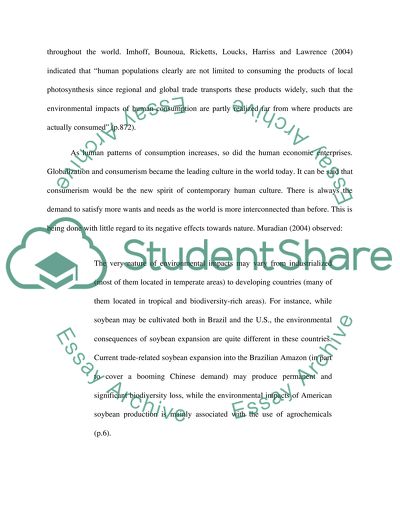Cite this document
(“Human Patterns of Consumption and the Environment Essay”, n.d.)
Human Patterns of Consumption and the Environment Essay. Retrieved from https://studentshare.org/family-consumer-science/1399811-human-patterns-of-consumption-and-the-environment
Human Patterns of Consumption and the Environment Essay. Retrieved from https://studentshare.org/family-consumer-science/1399811-human-patterns-of-consumption-and-the-environment
(Human Patterns of Consumption and the Environment Essay)
Human Patterns of Consumption and the Environment Essay. https://studentshare.org/family-consumer-science/1399811-human-patterns-of-consumption-and-the-environment.
Human Patterns of Consumption and the Environment Essay. https://studentshare.org/family-consumer-science/1399811-human-patterns-of-consumption-and-the-environment.
“Human Patterns of Consumption and the Environment Essay”, n.d. https://studentshare.org/family-consumer-science/1399811-human-patterns-of-consumption-and-the-environment.


